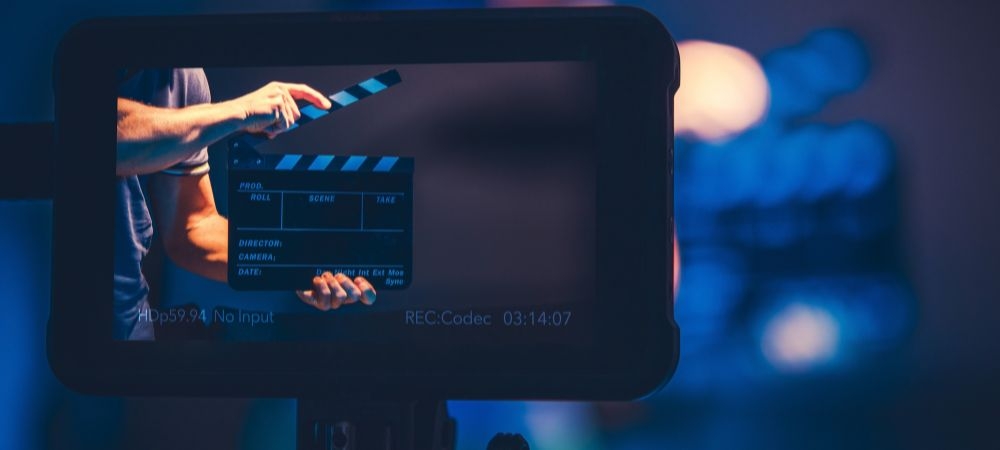

The Zone System is deeply rooted in the history of photography, dating back to the early 20th century. It's not just a method; it's a philosophy that changed how photographers approached their craft. The system was developed by Ansel Adams and Fred Archer in the late 1930s and early 1940s. These two pioneers wanted to establish a more precise way of controlling exposure and development, ensuring that the photographer's vision could be fully realized in the final print.
Access further details check that. Before the Zone System, photographers didn't have much control over their images' tonal range. They were at the mercy of their equipment and materials, often resulting in prints that didn't quite capture what they saw or felt when they took the shot. Oh boy, was it frustrating! Adams and Archer sought to put an end to this unpredictability.
The basis of the Zone System lies in dividing the tonal range into eleven zones, from absolute black (Zone 0) to pure white (Zone X). Each zone represents a different shade of gray, with Zone V being middle gray. By understanding these zones, photographers can previsualize how different areas of their scene will appear in the final print. It wasn't just about getting "correct" exposure; it was about artistic control.
Adams' book "The Negative," published in 1941, laid out this concept clearly for photographers everywhere. His work didn't just offer technical guidance; it inspired countless artists to take charge of their creative process like never before. Though some might argue that digital advancements have rendered such techniques obsolete-let's face it-many still rely on these principles today.
It's also worth mentioning that while Adams is often credited as the father of this system, he never claimed sole ownership. He always acknowledged Archer's contributions too. That collaboration between them is a testament to how innovation often springs from teamwork rather than individual genius alone.
In conclusion, if you think about it-the Zone System has had a lasting impact because it bridged art with science in photography. Its historical background isn't just about dates and names but about a revolutionary approach that empowered creators worldwide. And hey-it's still relevant even now!
The Zone System, developed by Ansel Adams and Fred Archer in the early 20th century, is a photographic technique that's all about controlling exposure. It ain't just for the pros; even amateur photographers can benefit greatly from understanding its key concepts and terminology. You won't believe how transforming it can be for your photos!
First off, let's tackle the term **"Zone."** In simple terms, a zone refers to different shades of gray ranging from pure black to pure white. The Zone System divides these into eleven zones (0 through X), where Zone 0 is absolute black with no detail and Zone X is pure white with no detail either. Each zone represents one stop of exposure difference.
Now, why should you care about zones? Well, if you're trying to capture an image where both shadows and highlights matter-say a landscape at dusk or dawn-you'll want to place different parts of your scene in specific zones to ensure they come out well-exposed.
Next up is **"Dynamic Range."** This term describes the span between the darkest and brightest parts of an image that a camera can capture. Ain't it frustrating when your camera can't seem to handle both extremes? Understanding dynamic range helps you know what scenes your equipment can handle without losing important details.
Another crucial concept is **"Middle Gray,"** also referred to as Zone V. Middle gray reflects 18% of light that hits it and serves as a reference point for metering. If you've ever wondered why pictures sometimes come out too dark or too bright despite using auto settings, it's probably because your camera's meter was fooled by lighting conditions not matching middle gray.
You can't talk about the Zone System without mentioning **"Pre-visualization."** This isn't some hocus-pocus; it's simply imagining how you'd like your final print to look before you even take the shot. By pre-visualizing, you set yourself up for success by deciding which elements in your composition should fall into which zones.
Then there's **"Exposure Compensation,"** allowing photographers to adjust exposure settings deliberately to place certain areas into desired zones rather than relying on automatic settings alone. Don't let technology make all decisions for ya! Sometimes manual adjustments are necessary for achieving just what you've visualized.
An often overlooked term but equally important is **"Development Control."** After capturing an image on film (or digitally simulating this process), developing controls like time and temperature adjustments help fine-tune contrast within those zones further ensuring each part falls exactly where intended on scale from black-to-white.
Lastly but certainly not least we have **"Dodging and Burning."** These techniques involve selectively lightening (dodging) or darkening (burning) areas during printing phase so specific sections move up or down in zone scale enhancing overall balance within photograph itself-no magic wands required!
In conclusion folks mastering key concepts & terminology associated with zone system opens doors new creative possibilities while providing greater control over final outcome photographs themselves-it ain't rocket science but sure does feel empowering! So next time you're out shooting remember these principles apply them practice makes perfect after all!
When it comes to comparing different types of film—35mm, medium format, and large format—practicality and ease of use in different settings play a huge role for photographers.. It's not just about the quality of the image; it's also about how convenient or cumbersome each type can be.
First off, 35mm film is often praised for its practicality.
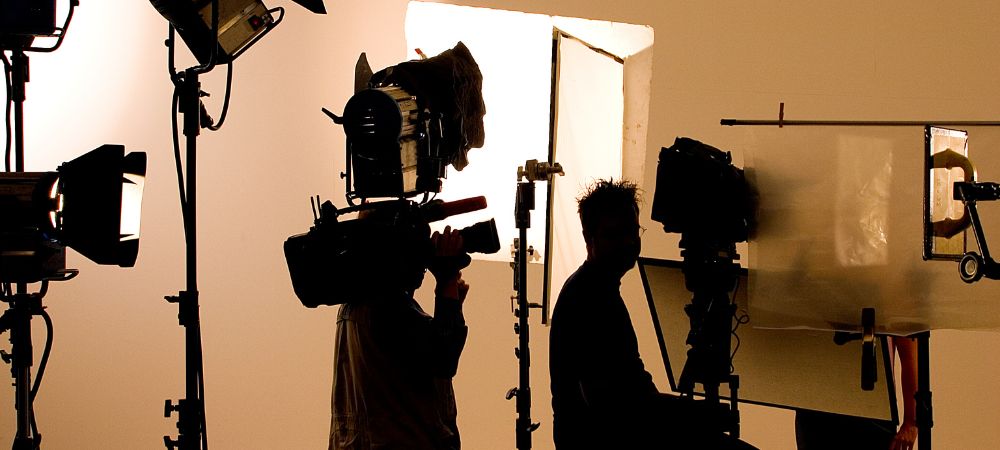
Posted by on 2024-06-28
The Zone System, created by Ansel Adams and Fred Archer in the 1930s, is a method that helps photographers achieve the fine balance between light and shadow in their images. Well, it ain't rocket science – but it's not exactly a walk in the park either. It's all about understanding how to control exposure and development to get the most out of your film photography.
Using the Zone System practically means you gotta be pretty meticulous with your approach. First off, you're gonna want to break down your scene into different zones, each representing various shades from pure black (Zone 0) to pure white (Zone X). In between those extremes are eight other zones which cover every gradation of gray you can think of.
Now let's say you're shooting a landscape – the kind with mountains, trees, and maybe even some fluffy clouds. You don't just snap away and hope for the best! You need to evaluate each part of that scene. Your dark shadows might fall into Zone II or III while those bright clouds could be up at Zone VIII or IX. It's crucial 'cause if you overexpose or underexpose any part too much, you'll lose detail – and nobody wants that!
There's no denying it; using a spot meter is pretty much essential here. By measuring specific areas of your composition, you can place them within their respective zones accurately. Don't have one? Oh boy! You're kinda fighting an uphill battle without it.
Neglecting proper exposure adjustments during shooting means relying on developing techniques later on – that's risky business! The idea is to pre-visualize how you'd like your final print to look while you're still out there in the field with your camera in hand.
When it comes time for developing, it's not set-it-and-forget-it either. The negatives' development process needs tweaking based on what zones were emphasized during shooting. Shorter development times can help retain highlight details whereas longer ones boost shadow info - simple yet complex at once!
But hey, don't stress too much if things go awry now and then; it's bound to happen when dealing with something as intricate as this system! Mistakes are learning opportunities after all.
In essence: mastering the Zone System isn't just about technical know-how but also about honing one's artistic vision too. You'll learn more patience than ever thought possible but also gain control over every aspect of your image-making journey – from snapping that initial shot right through till printing day arrives.
So grab your light meter (seriously though), head outdoors with ambition high & remember: perfecting pictures via Zones may test nerves sometimes-but oh man-it'll immensely enrich photographic experiences overall!
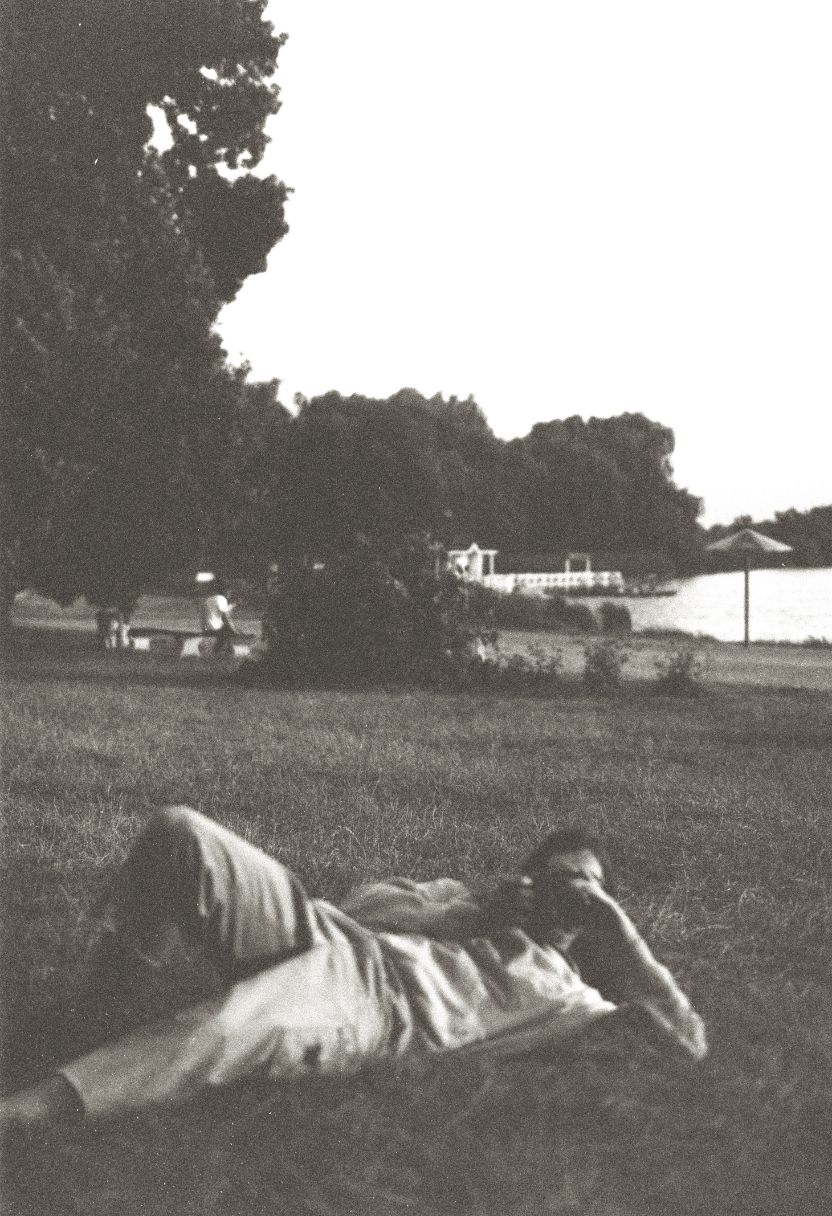
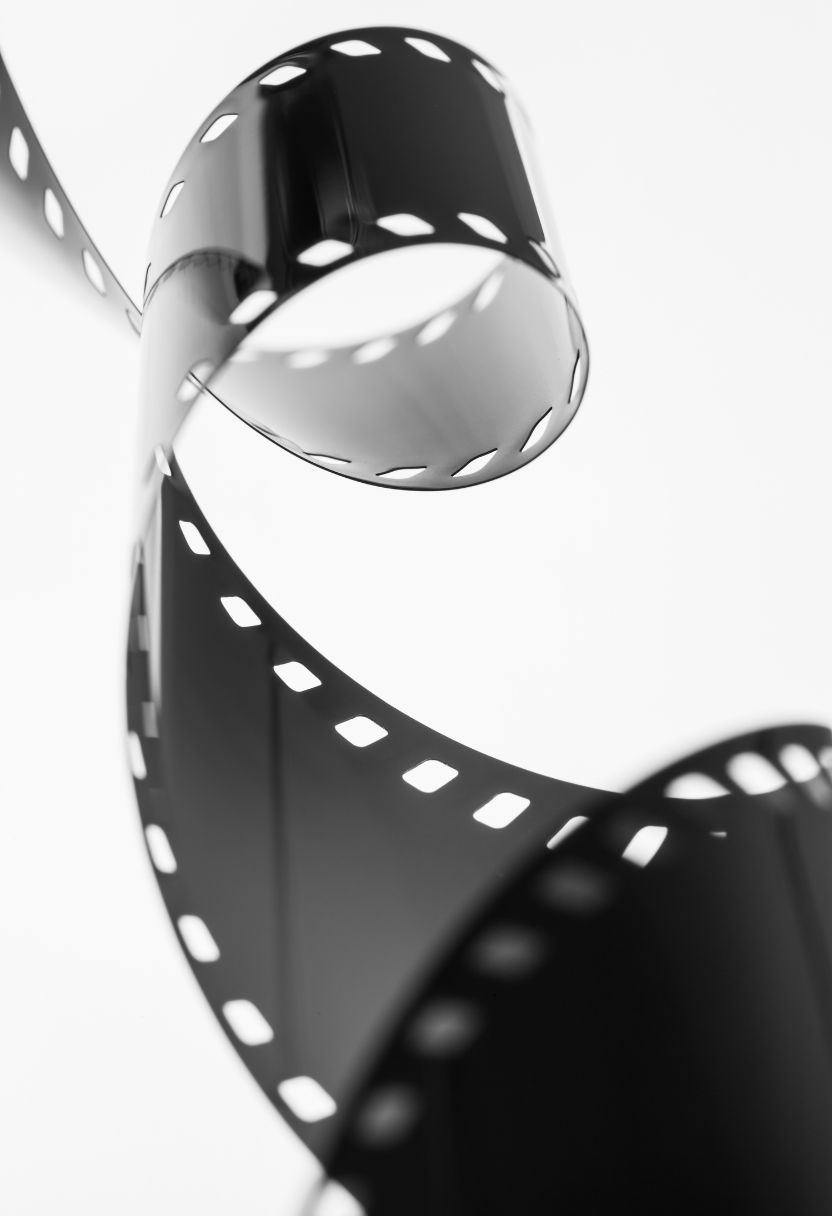
The Zone System, developed by Ansel Adams and Fred Archer, is a photographic technique that helps photographers achieve precise control over exposure and development. Implementing the Zone System isn't exactly a walk in the park, but it's not rocket science either. Here are some steps you can follow to get it right.
First off, you need to understand what the Zone System is all about. It's basically a method for translating light into specific densities on negatives or prints. You don't need to be a pro at this stage; just grasping the basics will do.
Next thing you gotta do is meter your scene properly. Use a spot meter to measure different areas of your scene. By doing this, you're not just guessing how bright or dark something is; you're actually getting accurate readings. Don't think you can skip this step-it's crucial!
Then there's placing those readings onto zones. The Zone System divides tones into 11 zones, from pure black (Zone 0) to pure white (Zone X). Figure out where each part of your scene falls within these zones. If you're metering a shadowy area and it reads as Zone III, that's cool-you know it's gonna be quite dark but with detail.
Now comes deciding the exposure based on which zone you want your main subject to fall into. Suppose you've got an important element in Zone V (middle gray); you'll set your camera settings so that element lands right there in middle gray when exposed.
After setting the exposure, you'll wanna develop your film accordingly. This ain't no one-size-fits-all scenario-development time may change depending on whether you've got high contrast or low contrast scenes. Less developing time for less contrast and more for higher contrast scenes-that's generally how it goes.
Also worth mentioning: test everything! Do test shots under controlled conditions and note down results meticulously-yeah, it's tedious but indispensable if you wanna nail this method.
One mistake people often make? They don't calibrate their equipment properly before starting out-big no-no! Ensure your meters are accurate and consistent with each other.
Lastly-and I can't stress this enough-practice! No one's perfect straight away; everyone makes mistakes while learning new techniques like this one.
In conclusion-or rather as an afterthought-it's not impossible nor overly complicated once broken down into manageable steps: understanding what Zones mean; metering accurately; placing those readings correctly; determining correct exposures; adjusting development times suitably-all wrapped up with plenty practice sessions along way ensures success implementing zone system effectively without tearing hair out... mostly anyway!
The Zone System, developed by Ansel Adams and Fred Archer in the 1930s, ain't just some old-school technique for film photography; it's a powerful tool that can transform the way you capture images. If you've ever wondered why some black-and-white photos seem to pop with detail while others fall flat, well, that's where the Zone System comes into play.
First off, let's not pretend it's easy. The Zone System requires a bit of learning and understanding of exposure and development. But once you get the hang of it, oh boy, does it make a difference! Essentially, it divides the tonal range of an image into 11 "zones," from pure black to pure white. Each zone represents a specific shade of gray. Sounds complicated? It kinda is at first-but stick with me.
One major benefit is control over exposure. When you're out shooting scenes with high contrast-think bright skies and dark shadows-the Zone System helps you decide which parts should be detailed and which can be sacrificed to shadows or highlights. It's not about getting everything perfect but about making conscious choices about what matters most in your shot.
Moreover, using this system lets you pre-visualize your final print before even pressing the shutter button. Imagine knowing exactly how your photo will look like before developing it! This kind of foresight saves time and reduces frustration during post-processing. Plus, you'll end up using less film because you're more confident in your exposures.
Now don't think it's all technical mumbo-jumbo either; there's an artistic side to it too! By mastering the Zone System, photographers can create moodier or more dramatic images by manipulating contrast levels intentionally. You want those deep blacks to make your subject stand out? Go for it! Feeling like capturing every little detail in those mid-tones? You got it!
Another neat aspect is consistency across different photoshoots. Once you've nailed down how different zones correspond to various lighting conditions, you can reproduce similar effects under changing circumstances without much hassle.
However-and here's where I gotta throw in some realism-it's not foolproof nor quick to learn. You won't become an instant master overnight (sorry!). It demands practice and patience but trust me when I say it's worth every minute spent.
So if you're serious about film photography-or even just curious-give the Zone System a shot (pun intended). Sure, there are digital tools today that offer shortcuts but nothing beats understanding light on such a fundamental level as this method provides.
In conclusion (yeah yeah I know everyone says that), adopting the Zone System might seem daunting initially but its benefits far outweigh any initial struggles: better exposure control; enhanced pre-visualization; artistic flexibility; consistent results...and above all-a deeper connection between what you see through your lens and what ends up on paper.
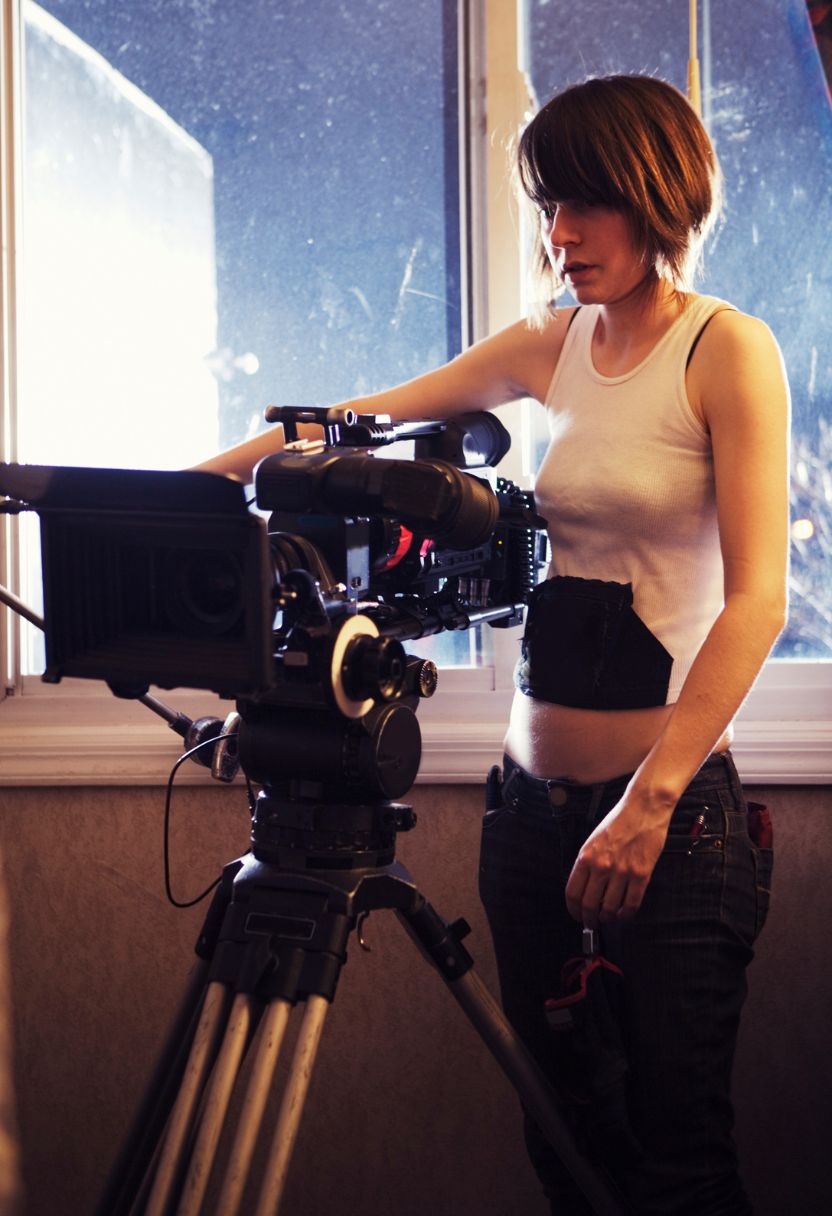
Oh, the Zone System! It's both a photographer's best friend and worst enemy at times. You know, this technique created by Ansel Adams and Fred Archer is supposed to help us get perfect exposures in our shots. But let's be honest, it's not always a walk in the park.
First off, one of the common challenges with the Zone System is understanding it in the first place. I mean, who hasn't felt overwhelmed by all those zones from pure black (Zone 0) to pure white (Zone X)? Sometimes it feels like you're studying for a chemistry exam rather than learning photography. And if you don't have a solid grasp on it, your photos might end up looking underexposed or overexposed. Ugh!
Another hiccup people face is metering correctly. Your light meter can only do so much; it's not some magical device that reads your mind! Many photographers struggle with placing their subjects in the right zone. For instance, placing shadows in Zone III instead of Zone II can drastically change how your final image looks. Trust me; I've been there – done that.
Then there's development control – oh boy! If you ain't developing your own film or editing digitally with precision, achieving those desired tonal ranges becomes even tougher. The darkroom process requires meticulousness and patience; any mistake could ruin an otherwise perfect shot.
But hey, don't lose hope just yet! There are solutions to these common issues that can make life easier for us photographers.
Firstly, take baby steps when learning the Zone System. Mastering each zone one at a time helps simplify things significantly. Also, practical exercises where you shoot images specifically targeting different zones can boost your confidence and understanding.
As for metering correctly – practice makes perfect here too! Use spot metering mode on your camera and practice placing various elements of your scene into different zones until it becomes second nature.
If you're struggling with development control but still love shooting film: consider hybrid workflows combining traditional film capture with digital post-processing techniques. Scanning negatives allows you more flexibility to adjust tones digitally without compromising on quality.
So yeah, while dealing with Zone System challenges is no piece o' cake, they ain't insurmountable either! With some dedication and willingness to learn through trial-and-error (and maybe biting nails now n' then), one can definitely master this powerful tool eventually!